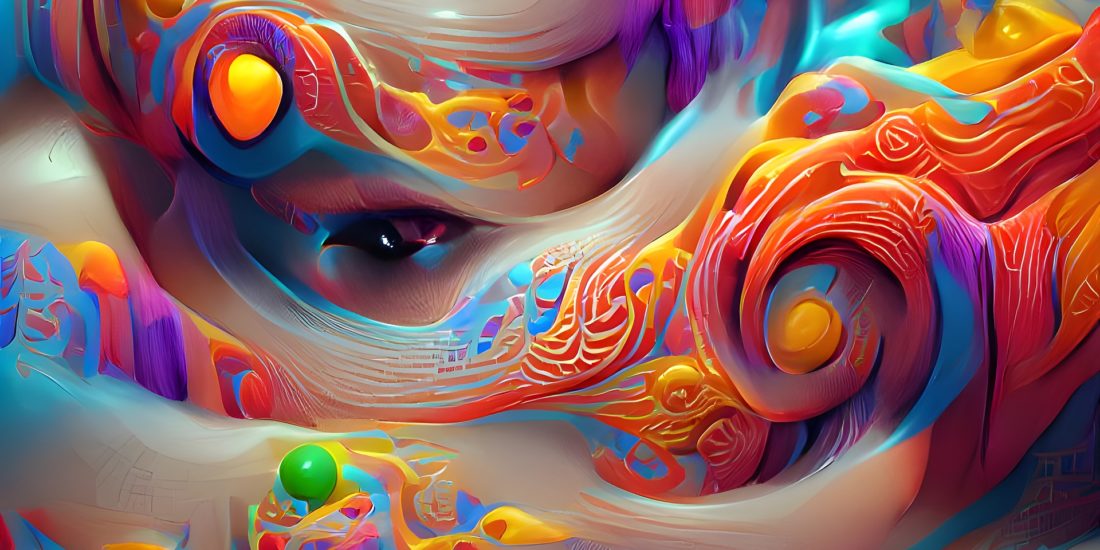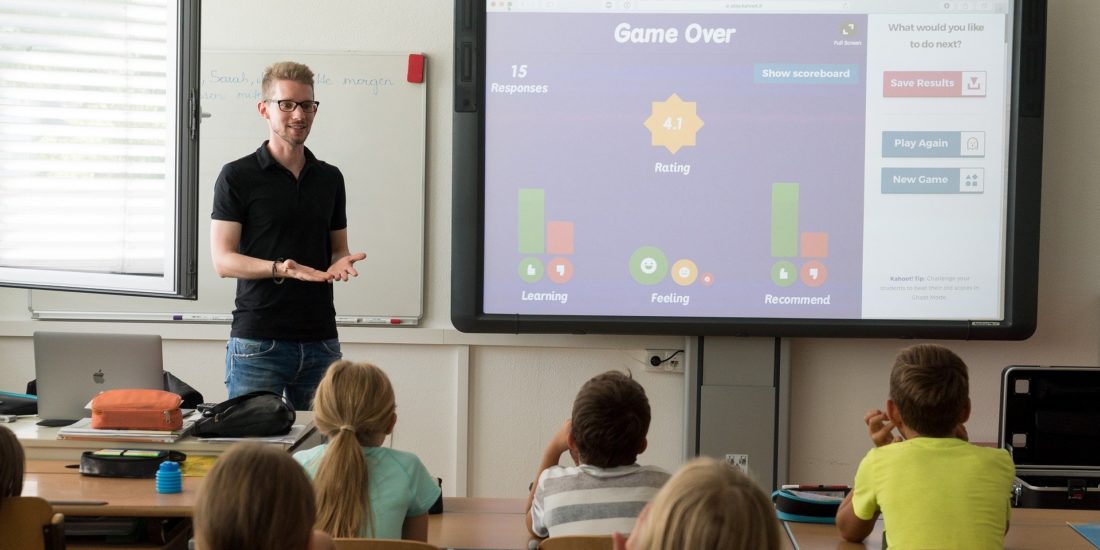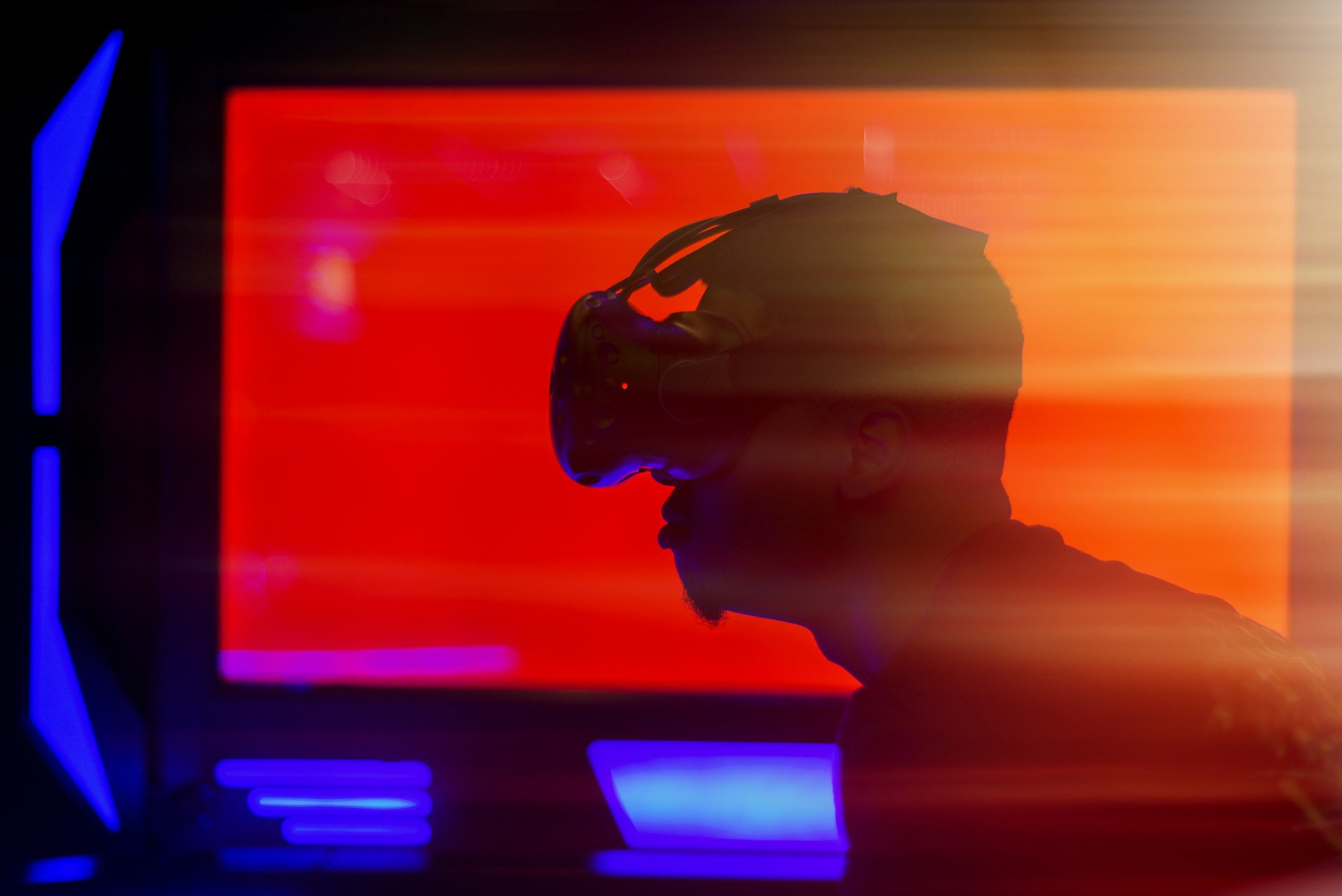
Reality has gone digital: here is what you need to know about the future of digital reality!
Have you googled any animals recently? The African lion perhaps? Because if you did it with a smartphone, you will see the following particular option:
“Meet a life-sized African Lion up close”
If you click on the “view in 3D” option beneath that, and the “view in your space” after that, your screen will open to a camera screen. Give it some time to calibrate, and voila! An animated African Lion, complete with a genuine roar will appear on your screen with your camera screen as its background, and roam around!
That experience goes by the name of AR or Augmented Reality. What the application did is that it scanned your surface, and then overlaid it with the virtual presentation of the lion based on it!
The Instagram or Snapchat filters that you can apply on your video calls, selfies, and stories, or the various backgrounds you can apply on a Zoom video call are examples of applications of Augmented Reality. The Urban Augmented Reality Experience in Brussels, an initiative by LucidWeb, is a gamified AR experience that takes you through 11 buildings in the city, provides interesting insights via a fun and user-friendly interface.
So the next time you are in the city, give it a try!
How is Virtual Reality Different?
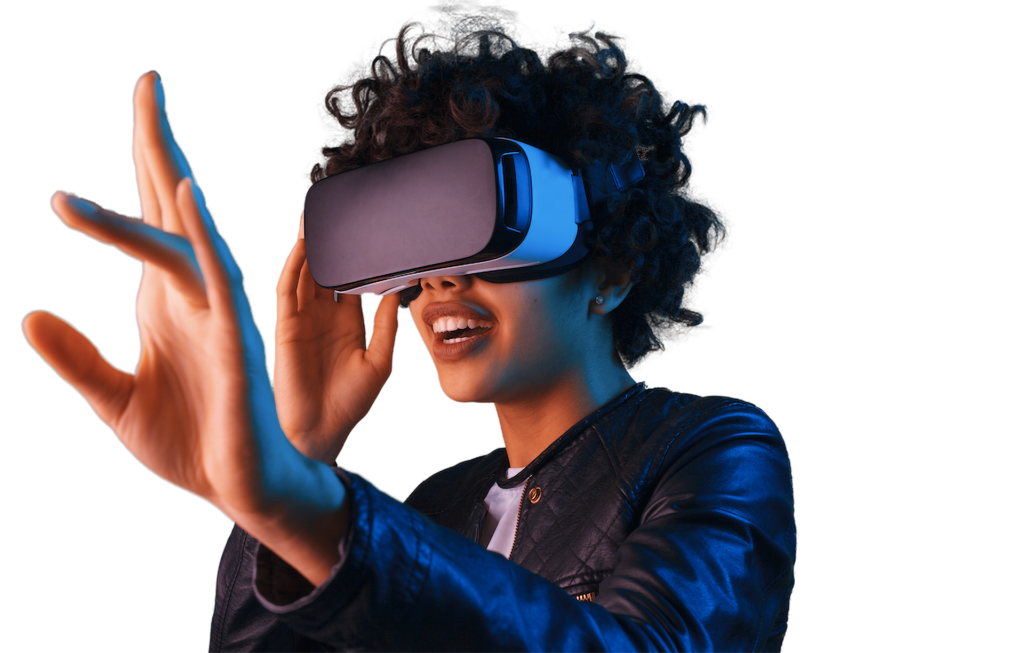
Virtual Reality, or VR, is different to Augmented Reality in that instead of overlapping the original environment with digital technology, it creates an entirely digital, virtual environment.
The most common form of VR experience available right now is through the use of VR glasses and headphones. With a VR appropriate media file, it makes use of the visuals and sounds to take your senses to a completely digital, alternate reality.
Entering the Marvel or DC universe, or diving into the colorful world of one of Sir David Attenborough’s wildlife documentaries is not a dream anymore! With the right media files and the right gadgets, it is a possibility!
Is the Future Digital or Augmented?
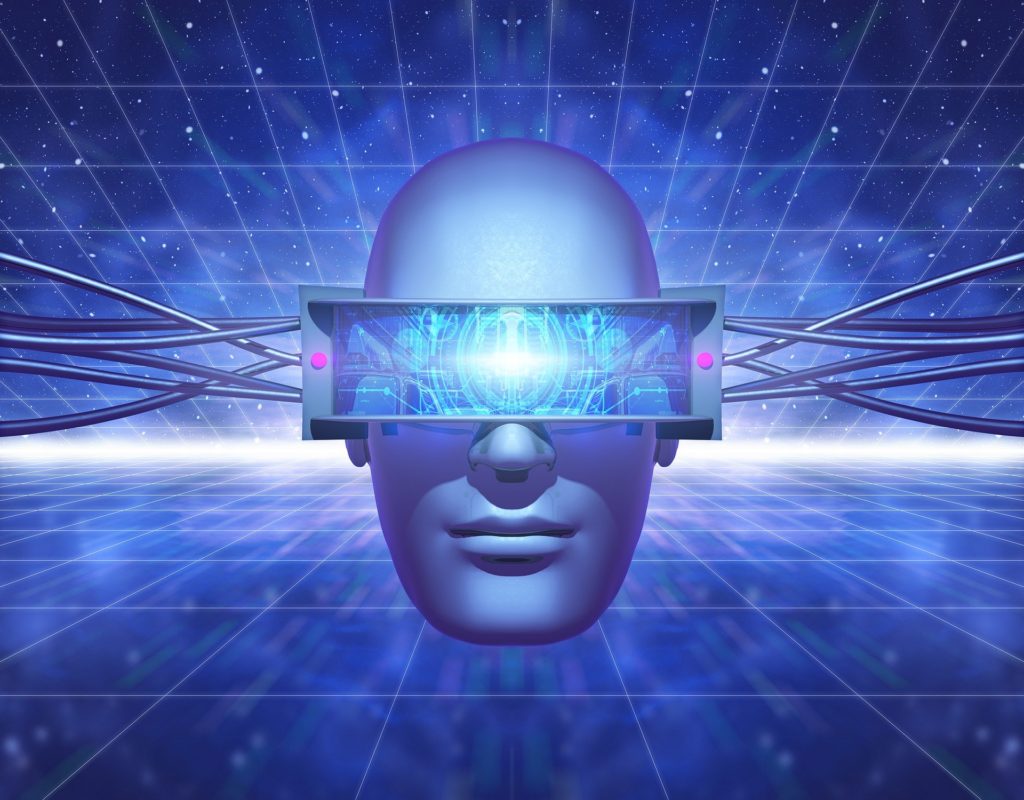
The discussion about which way the tide will turn for digital reality in the future is ongoing. Is it going to be completely made up? Or will it retain at least some of the original environment? The most conclusive answer to this may have come out on 28th October 2021 when Facebook CEO Mark Zuckerberg introduced the world to ‘Meta’, his new company which brings together all the apps and technologies presently under Facebook.
But more than an umbrella company, Meta also has a research and development side that is looking to bring out what is called the Metaverse. Zuckerberg calls Metaverse a hybrid of today’s online social experience, sometimes expanded into three dimensions or projected into the physical world.
It is clear to see what he is getting to; bringing Virtual and Augmented Realities together to create the ultimate digital experience!
In other words, a fully developed Metaverse could allow you to go back to that hangout place from your childhood with your best friend who moved away years ago! Using AR, your friend’s hologram would be able to move around in the space while VR would allow him to experience the visual and auditory aspects of the space.
Sounds like stuff from one of those science fiction films, doesn’t it? Well, it is coming, and it is coming fast. How this will affect actual human interaction is then the question. Will human beings completely move away from physical interaction to the realms of digital reality? We will have to wait and see…




